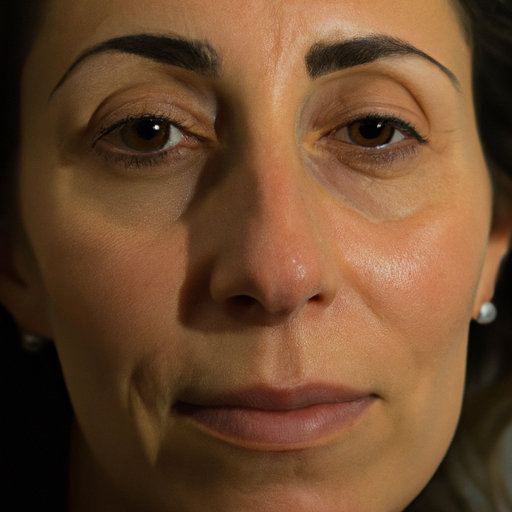Hyperpigmentation, characterized by dark patches on the skin, is a common but often misunderstood skin condition. It occurs when an excess of melanin, the pigment that produces normal skin color, forms deposits in the skin. Although hyperpigmentation is generally harmless, it can cause significant cosmetic distress. The good news is that there are several proven strategies to banish hyperpigmentation and restore your skin’s natural radiance. Here are five of them:
1. Topical Treatments: Over-the-counter and prescription creams containing active ingredients like hydroquinone, retinoids, and vitamin C can help lighten hyperpigmentation. Hydroquinone is a potent skin lightener that inhibits the production of melanin. Retinoids accelerate cell turnover, pushing out the damaged, pigmented cells to make way for healthier ones. Vitamin C is a potent antioxidant that can neutralize the free radicals causing oxidative stress to your skin, leading to hyperpigmentation.
2. Chemical Peels: Chemical peels are another effective way to treat hyperpigmentation. These treatments involve applying a chemical solution to the skin, which causes the top layer to peel off. As the skin regenerates, it is usually smoother and less pigmented. Glycolic acid, lactic acid, and salicylic acid peels are popular options for treating hyperpigmentation.
3. Laser Therapy: Laser therapy uses focused light energy to remove the outer layer of the skin where hyperpigmentation resides. This treatment can be very effective, but it requires a skilled practitioner and may require multiple sessions. It’s essential to protect your skin from the sun after laser therapy as it can be more sensitive to UV rays.
4. Microdermabrasion: This is a minimally invasive procedure that exfoliates or polishes away the top layer of skin, promoting the growth of new, more evenly pigmented skin cells. Microdermabrasion can be done alone or in combination with other treatments like chemical peels or laser therapy to enhance their effectiveness.
5. Sun Protection: Prevention is always better than cure. Since sun exposure can trigger or worsen hyperpigmentation, protecting your skin from the sun is a crucial strategy. Use a broad-spectrum sunscreen with an SPF of at least 30, wear protective clothing, and avoid peak sun hours when UV rays are most intense.
While these strategies can be effective, it’s important to remember that results may take time. Hyperpigmentation is often deep-seated and can take months to improve. Patience and consistency are key. Also, everyone’s skin is different, and what works for one person may not work for another. It’s always best to consult with a dermatologist or skincare professional to determine the best treatment plan for your specific needs and skin type.
In conclusion, while hyperpigmentation can be a challenging skin issue to deal with, there are several proven strategies to help banish it and restore your skin’s natural radiance. Topical treatments, chemical peels, laser therapy, microdermabrasion, and sun protection are all effective ways to tackle hyperpigmentation. Remember, it’s essential to be patient and consistent with your treatment, and always consult with a skincare professional for personalized advice. With the right approach, you can unmask your skin’s natural radiance and enjoy a clearer, brighter complexion.



